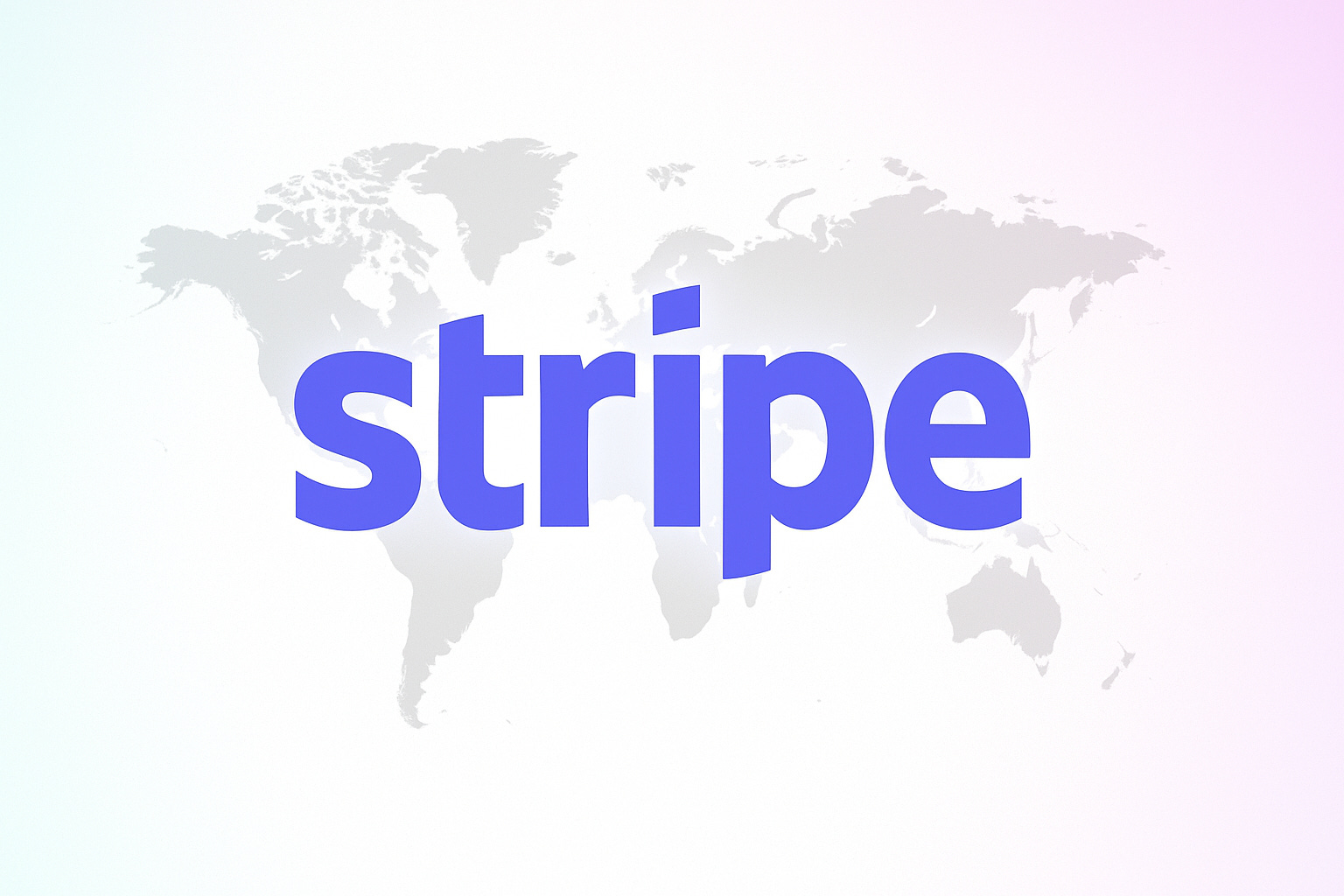145: SEC goes all-in on crypto
Description
Hey, it’s Marc.
The SEC approved “generic listing standards” that cut crypto ETF approvals from 240+ days to just 75. What this means: instead of only Bitcoin and Ethen reum ETFs, we could see 100+ new ETFs (Solana, XRP, DOGE, you name it) in the next 12 months. [More]
On top of that, the Fed cut rates to 4.0–4.25% and signaled two more this year to support jobs:
“Federal Reserve doesn't feel the need to move quickly on interest rate cuts.”
— Jerome Powell, Chair of the Federal Reserve of the United States
And if that weren’t enough, Google just launched the first open standard for AI agents to move money, including stablecoins. Pair this with PayPal rolling out crypto-native peer-to-peer payments and you see where payments are headed: programmable, instant, and borderless.
Also this week:
* MoneyGram, the world's largest on-off-ramp integrates stablecoins.
* PayPal launches peer-to-peer crypto payments
* Google launches open payment standard for agents, incl. crypto
* Coinbase to launch Base token [deep dive]
* Metamask launched mUSD stablecoin.
* Ethereum Foundation forms an AI team.
* Circle launches native USDC on HyperEVM. And much more…
We’ll unpack all of these highlights below.
👉 We launched a new newsletter on digital asset treasuries. Subscribe below!
Top Boardroom Reads
* Stablecoins in focus: navigating the new digital financial landscape (EY)
* The $1.6B Solana Treasury Bet, with Kyle Samani, Co-Founder of Multicoin Capital (51)
* Weekly Digital Asset Treasury Update (51)
* DAT Value Creation (Pantera Capital)
* Digital Asset Alpha Letter August (FG Nexus)
* Wall Street need a blockchain, that blockchain is Ethereum (Securitize)
* BIS survey on central bank digital currencies and crypto (BIS)
* How America weaponized crypto (51)
* Circle vs. Hyperliquid (51)
* Tempo, Libra, and the Illusion of Neutrality (Maja Vujinovic)
🙌 Work with us: We create pioneering thought leadership that helps digital asset and technology companies lead the conversation, earn trust and win business.
Top Signals This Week
Google: Agents are now moving stablecoins
Google announced the Agent Payments Protocol (AP2), the first open standard for AI agents making payments (incl. cards, real-time bank rails and stablecoins). The spec and reference code are live on GitHub, and the effort already includes 60+ payments, cards and web3 partners (Mastercard, AmEx, PayPal, Coinbase, Adyen and more). [Announcement] [Analysis]
Why it matters: This is first enterprise-grade standard for AI agents to transact with stablecoins and crypto. AP2 includes x402, Coinbase ’s extension for agent-to-agent stablecoin payments. That means AI agents can now send stablecoins across wallets natively on blockchain rails.
Go deeper: The protocol solves three core problems that break traditional payments when a bot buys for you: authorization (did the user actually pre-authorize this agent for this task?), authenticity (does the cart reflect the user’s intent?) and accountability (who owns liability if something goes wrong?).
So what? This is Google saying: "Agent commerce with digital money is happening. Here's the standard." The future of payments won’t look like Stripe or Visa. It’ll look like agents moving stablecoins on open protocols.
SEC opens crypto ETF floodgates
The SEC approved Generic Listing Standards for crypto ETFs. Instead of 240-day, case-by-case filings, any token with a regulated futures market and six months of price history now qualifies for a spot ETF, with a standardized 75-day approval window.
* Bitcoin took 11 years to get one ETF.
* Now, expect 100+ ETFs in the next 12 months (Solana, XRP, DOGE, and more).
* Grayscale’s multi-crypto ETF with BTC, ETH, XRP, SOL, and ADA was approved alongside.
Why it matters: This marks the systemic shift. ETFs give pensions and institutions the cleanest on-ramp, with BTC and ETH ETF assets already tripling to $175B in a year. 59% of institutions now plan 5%+ crypto allocation. With rates falling and approvals now standardized, altcoin ETFs like Solana and XRP are inevitable, accelerating adoption and locking digital assets into Wall Street’s core product shelf.
MoneyGram integrates stablecoins
MoneyGram, the world's largest on-off-ramp, launched a next-gen mobile app in Colombia that delivers inbound remittances as instant, USD-backed stablecoin balances (USDC), powered by Stellar and Crossmint. It is letting recipients hold, spend, or cash out dollars instead of local pesos, disrupting $860B remittances market. MoneyGram is the largest cash on/off ramp with nearly 500,000 retail locations across 170+ countries. [RELEASE] [Analysis]
So what? With the peso down 40% in 4 years and $11.8B flowing in remittances, Colombians need dollar stability. If MoneyGram wins just 5% share, that’s $592M in USD wallets, shifting the battle from moving money to owning the customer’s balance.
Why it matters: Remittances are a $860B market ripe for disruption, with blockchain slashing fees from ~10% to near zero. MoneyGram’s stablecoin app in Colombia is just the start, the real race is who scales dollar wallets across global corridors first.
Circle vs. Hyperliquid
Days after Hyperliquid voted to launch USDH, a native stablecoin designed to funnel yield back into the protocol, Circle dropped its counterpunch: native USDC on Hyperliquid, complete with CCTP V2 for seamless cross-chain transfers across 14+ blockchains. [RELEASE] [Full Analysis]
So what? Circle’s play is classic defence: drop native USDC +



















